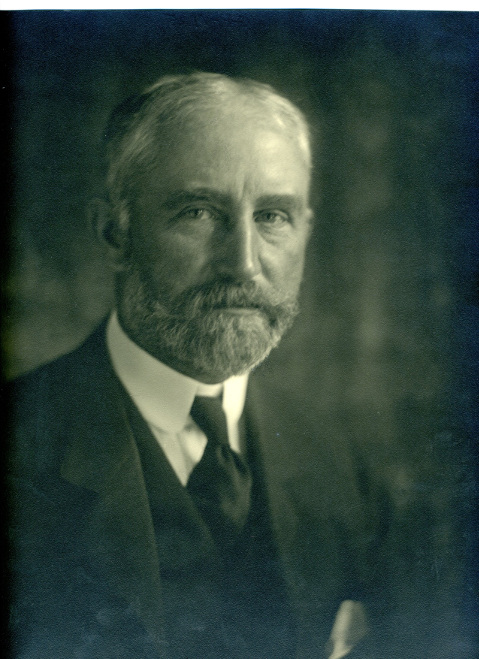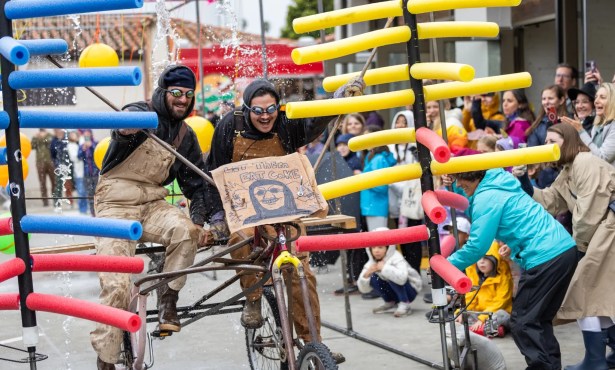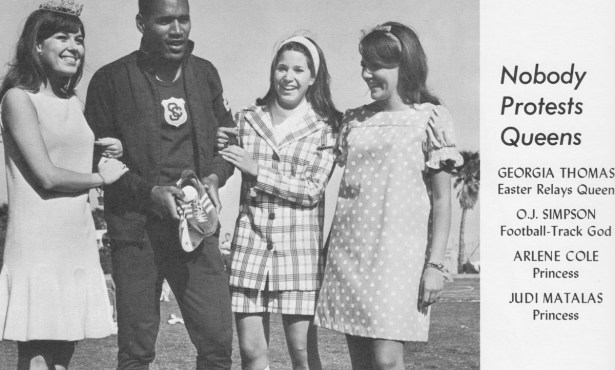Henry Smith Pritchett
Head of the Carnegie Foundation Benefited the City in Many Ways
Henry Smith Pritchett was best-known locally as the head of the Carnegie Foundation for the Advancement of Teaching. Another Carnegie institution, the Carnegie Corporation, also benefited Santa Barbara in myriad ways over the years.
Pritchett was born in Missouri in 1857. His father, Carl, founded Pritchett College in Fayette, Missouri, in 1872, from which Henry graduated three years later. He then worked in a number of positions as an astronomer, including a professorship for 14 years at Washington University in St. Louis. He received his PhD from the University of Munich in 1894 and shortly thereafter began a three-year term as head of the U.S. Coast and Geodetic Survey. In 1900 he became president of the Massachusetts Institute of Technology.

In 1905, a number of educational leaders met at the home of steel magnate Andrew Carnegie. This was the beginning of the Carnegie Foundation for the Advancement of Teaching, which Carnegie endowed to the tune of $10 million. Some of the most illustrious educators in the country gathered at the tycoon’s home, including the presidents of Harvard, Stanford, Yale, Princeton, and Pritchett. He was a friend of Carnegie’s, having met him at a luncheon hosted by President Theodore Roosevelt.
Pritchett was selected president of the new foundation. Carnegie had faith in him, saying, “I wish to trust my Fund to a committee dominated by able men of affairs … the expert mind is too narrow.” Pritchett thereupon left MIT to devote his full energies to the Carnegie Foundation. He would remain as Carnegie Foundation president until 1930, serving as president emeritus until his death.
Pritchett first visited Santa Barbara in 1913, and he and his family set up a home here two years later. He became involved in a number of community activities and undoubtedly used his influence to bring Carnegie monies to Santa Barbara. One of the most notable bequests was an annual $25,000 for five years to the Community Arts Association in November 1922.
The Community Arts Association was one of the most important cultural institutions in the city. Initially there were three branches: Music, Drama, Plans and Planting. Early in 1923, the School of the Arts became the fourth branch. The association had a ubiquitous effect on the cultural and urban landscape of Santa Barbara. It nurtured local talent and also sponsored dramatic and musical productions by outside luminaries. The faculty at the School of the Arts was highly distinguished, and a number of the students went on to successful artistic careers. The Carnegie grant was renewed once, and it ended in 1930.
The Carnegie Corporation was also instrumental in funding the construction of the Santa Barbara Public Library. By 1914, the library had outgrown its home at 14 East Carrillo Street. Pritchett and Charles Taylor, a trustee of the corporation, spearheaded a drive that resulted in the corporation granting $50,000 toward a new library building, a figure the city matched. The result was the library’s Central Branch (since much modified) at Anacapa and Anapamu streets. The Carnegie Corporation later gave $66,000 to help rebuild the library after the 1925 earthquake.
Pritchett was also very involved in the city’s recovery from the earthquake. He chaired the Santa Barbara Relief Fund Committee, to collect and disburse relief monies. One of the major projects in this regard was the restoration of the Old Mission.
Henry Pritchett died in 1939, and Eva Pritchett followed her husband in death in 1956. The Pritchett Trail in the Santa Barbara Botanic Garden is named in their honor.
Michael Redmon, director of research at the Santa Barbara Historical Museum, will answer your questions about Santa Barbara’s history. Write him c/o The Santa Barbara Independent, 122 West Figueroa Street, Santa Barbara, CA 93101.



